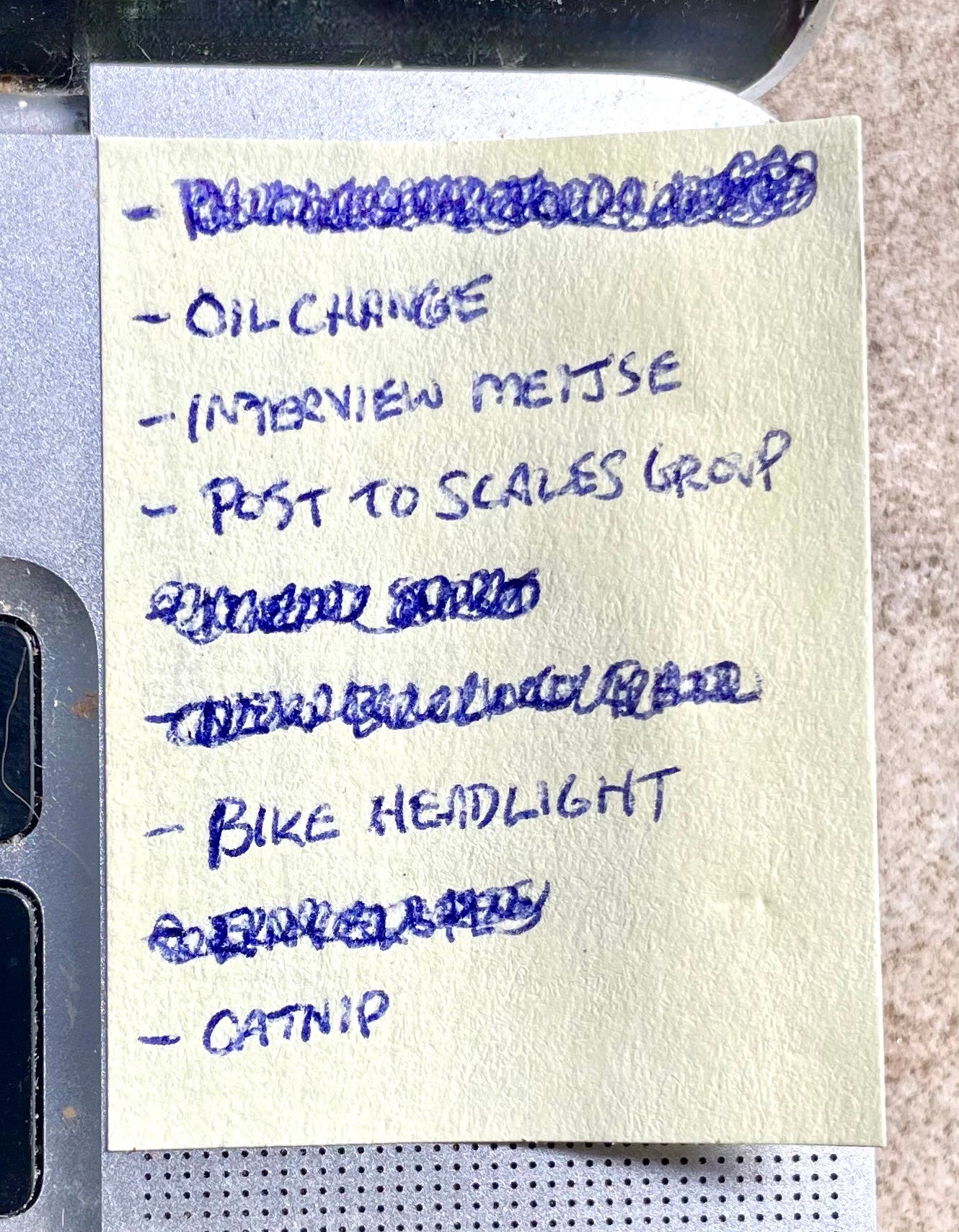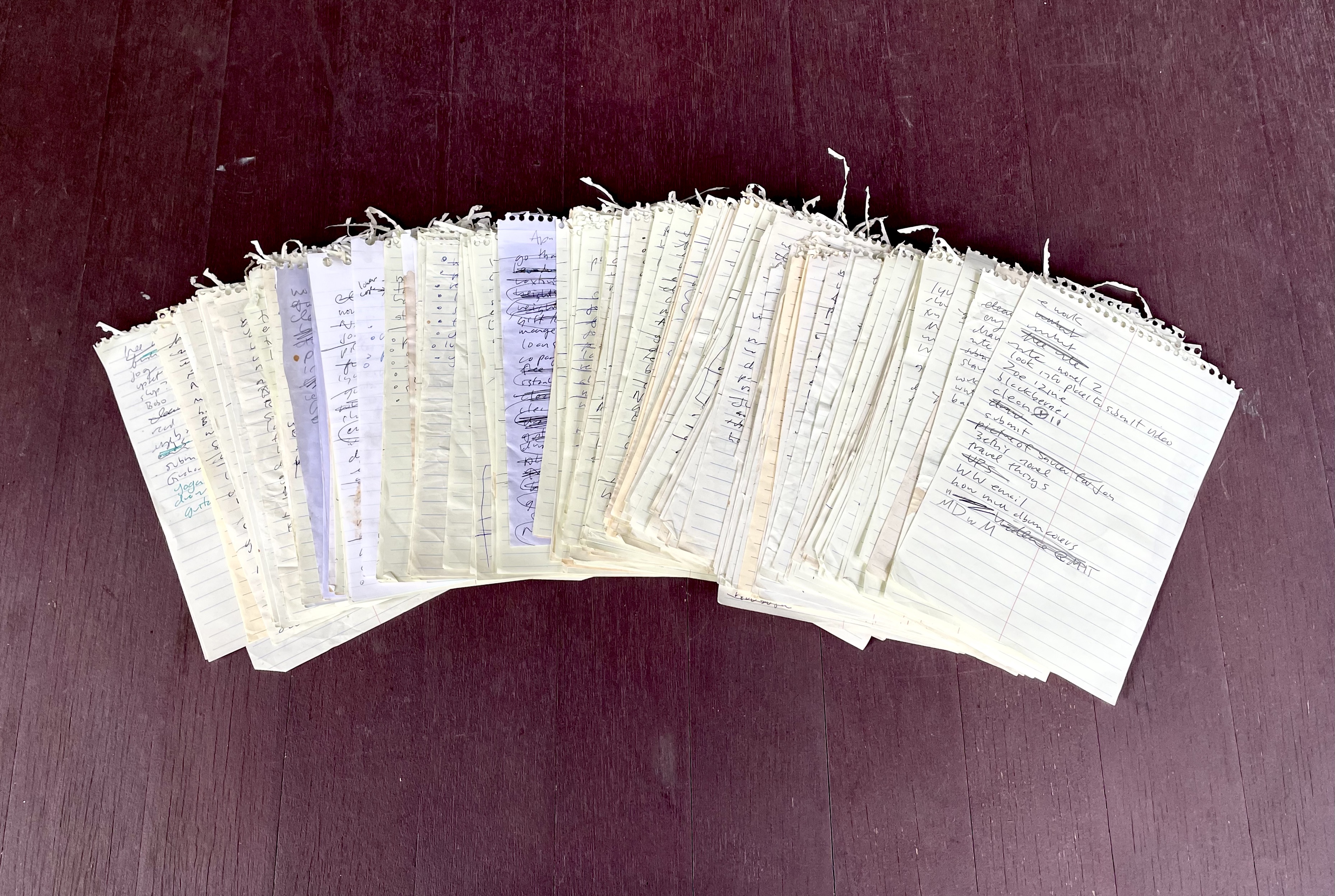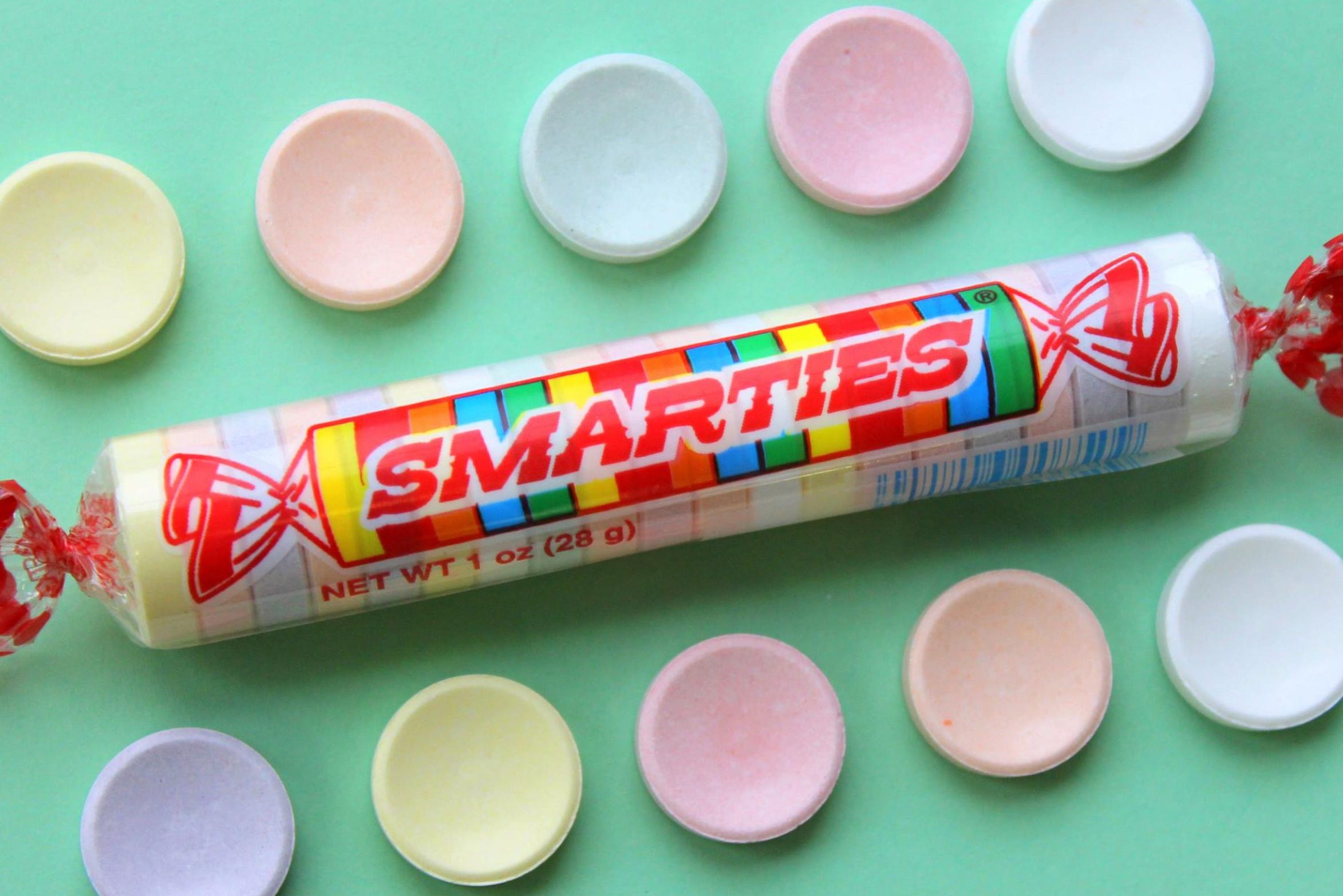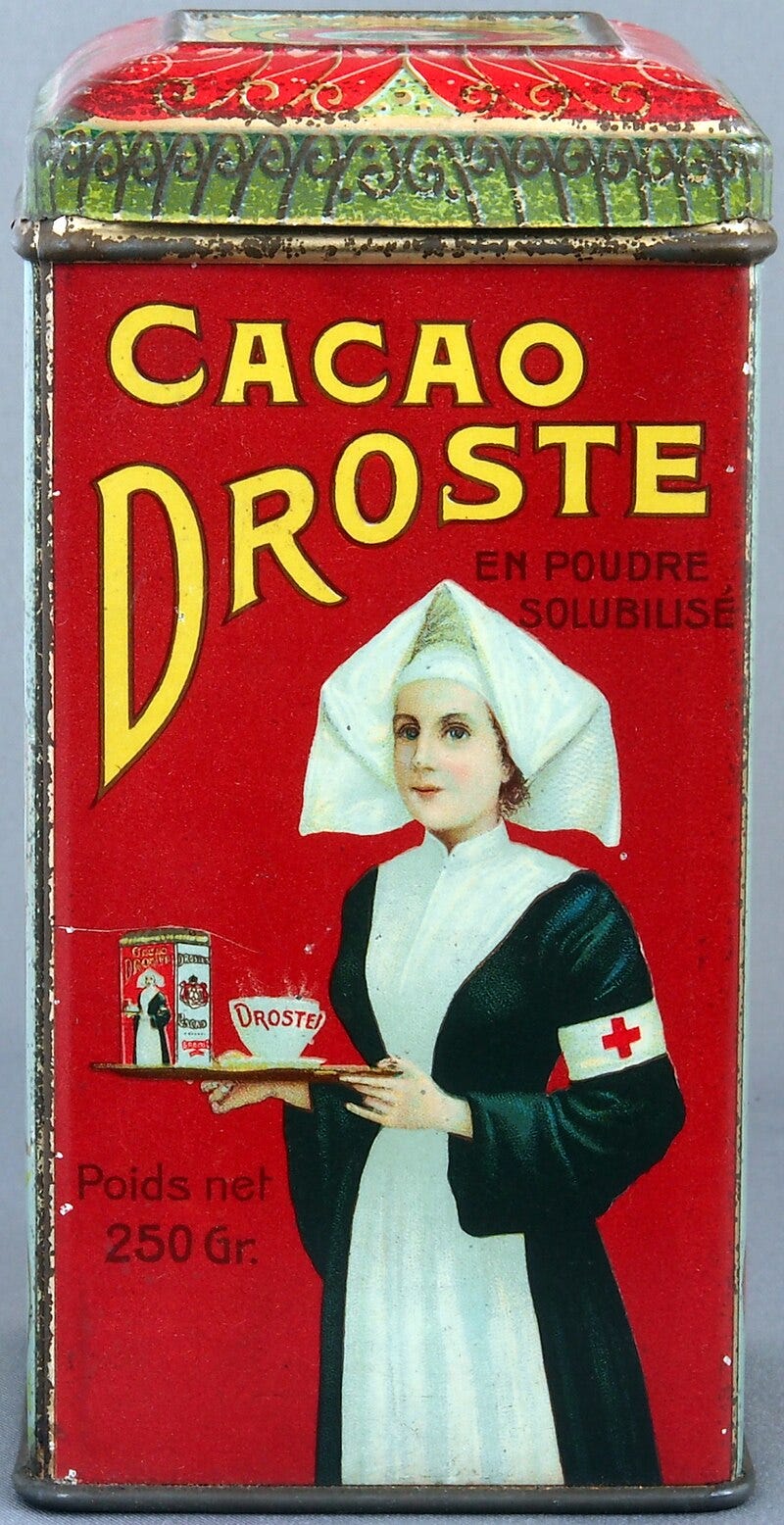I recently asked why people seem to hate dating apps so much. In response, 80% of you emailed me some version of the following theory:
The thing about dating apps is that if they do a good job and match people up, then the matched people will quit the app and stop paying. So they have an incentive to string people along but not to actually help people find long-term relationships.
May I explain why I don’t find this type of theory very helpful?
I’m not saying that I think it’s wrong, mind you. Rather, my objection is that while the theory is phrased in terms of dating apps, the same basic pattern applies to basically anyone who is trying to make money by doing anything.
For example, consider a pizza restaurant. Try these theories on for size:
-
Pizza: “The thing about pizza restaurants is that if they use expensive ingredients or labor-intensive pizza-making techniques, then it costs more to make pizza. So they have an incentive to use low-cost ingredients and labor-saving shortcuts.”
-
Pizza II: “The thing about pizza restaurants is that if they have nice tables separated at a comfortable distance, then they can’t fit as many customers. So they have an incentive to use tiny tables and cram people in cheek by jowl.”
-
Pizza III: “The thing about pizza restaurants is that if they sell big pizzas, then people will eat them and stop being hungry, meaning they don’t buy additional pizza. So they have an incentive to serve tiny low-calorie pizzas.”
See what I mean? You can construct similar theories for other domains, too:
-
Cars: “The thing about automakers is that making cars safe is expensive. So they have an incentive to make unsafe cars.”
-
Videos: “The thing about video streaming is that high-resolution video uses more expensive bandwidth. So they have an incentive to use low-resolution.”
-
Blogging: “The thing about bloggers is that research is time-consuming. So they have an incentive to be sloppy about the facts.”
-
Durability: “The thing about {lightbulb, car, phone, refrigerator, cargo ship} manufacturing is that if you make a {lightbulb, car, phone, refrigerator, cargo ship} that lasts a long time, then people won’t buy new ones. So there’s an incentive to make {lightbulbs, cars, phones, refrigerators, cargo ships} that break quickly.”
All these theories can be thought of as instances of two general patterns:
-
Make product worse, get money: “The thing about selling goods or services is that making goods or services better costs money. So people have an incentive to make goods and services worse.”
-
Raise price, get money: “The thing about selling goods and services is that if you raise prices, then you get more money. So people have an incentive to raise prices.”
Are these theories wrong? Not exactly. But it sure seems like something is missing.
I’m sure most pizza restauranteurs would be thrilled to sell lukewarm 5 cm cardboard discs for $300 each. They do in fact have an incentive to do that, just as predicted by these theories! Yet, in reality, pizza restaurants usually sell pizzas that are made out of food. So clearly these theories aren’t telling the whole story.
Say you have a lucrative business selling 5 cm cardboard discs for $300. I am likely to think, “I like money. Why don’t I sell pizzas that are only mostly cardboard, but also partly made of flour? And why don’t I sell them for $200, so I can steal Valued Reader’s customers?” But if I did that, then someone else would probably set prices at only $100, or even introduce cardboard-free pizzas, and this would continue until hitting some kind of equilibrium.
Sure, producers want to charge infinity dollars for things that cost them zero dollars to make. But consumers want to pay zero dollars for stuff that’s infinitely valuable. It’s in the conflict between these desires that all interesting theories live.
This is why I don’t think it’s helpful to point out that people have an incentive to make their products worse. Of course they do. The interesting question is, why are they able to get away with it?
Reasons stuff is bad
First reason stuff is bad: People are cheap
Why are seats so cramped on planes? Is it because airlines are greedy? Sure. But while they might be greedy, I don’t think they’re dumb. If you do a little math, you can calculate that if airlines were to remove a single row of seats, they could add perhaps 2.5 cm (1 in) of extra legroom for everyone, while only decreasing the number of paying customers by around 3%. (This is based on a 737 with single-class, but you get the idea.)
So why don’t airlines rip out a row of seats, raise prices by 3% and enjoy the reduced costs for fuel and customer service? The only answer I can see is that people, on average, aren’t actually willing to pay 3% more for 2.5 cm more legroom. We want a worse but cheaper product, and so that’s what we get.
I think this is the most common reason stuff is “bad”. It’s why Subway sandwiches are so soggy, why video games are so buggy, and why IKEA furniture and Primark clothes fall apart so quickly.
It’s good when things are bad for this reason. Or at least, that’s the premise of capitalism: When companies cut costs, that’s the invisible hand redirecting resources to maximize social value, or whatever. Companies may be motivated by greed. And you may not like it, since you want to pay zero dollars for infinite value. But this is markets working as designed.
Second reason stuff is bad: Information asymmetries
Why is it that almost every book / blog / podcast about longevity is such garbage? Well, we don’t actually know many things that will reliably increase longevity. And those things are mostly all boring / hard / non-fun. And even if you do all of them, it probably only adds a couple of years in expectation. And telling people these facts is not a good way to find suckers who will pay you lots of money for your unproven supplements / seminars / etc.
True! But it doesn’t explain why all longevity stuff is so bad. Why don’t honest people tell the true story and drive all the hucksters out of business? I suspect the answer is that unless you have a lot of scientific training and do a lot of research, it’s basically impossible to figure out just how huckstery all the hucksters really are.
I think this same basic phenomenon explains why some supplements contain heavy metals, why some food contains microplastics, why restaurants use so much butter and salt, why rentals often have crappy insulation, and why most cars seem to only be safe along dimensions included in crash test scores. When consumers can’t tell good from evil, evil triumphs.
Third reason stuff is bad: People have bad taste
Sometimes stuff is bad because people just don’t appreciate the stuff you consider good. Examples are definitionally controversial, but I think this includes restaurants in cities where all restaurants are bad, North American tea, and travel pants. This reason has a blurry boundary with information asymmetries, as seen in ultrasonic humidifiers or products that use Sucralose instead of aspartame for “safety”.
Fourth reason stuff is bad: Pricing power
Finally, sometimes stuff is bad because markets aren’t working. Sometimes a company is selling a product but has some kind of “moat” that makes it hard for anyone else to compete with them, e.g. because of some technological or regulatory barrier, control of some key resource or location, intellectual property, a beloved brand, or network effects.
If that’s true, then those companies don’t have to worry as much about someone else stealing their business, and so (because everyone is axiomatically greedy) they will find ways to make their product cheaper and/or raise prices up until the price is equal to the full value it provides to the marginal consumer.
Conclusion
Why is food so expensive at sporting events? Yes, people have no alternatives. But people know food is expensive at sporting events. And they don’t like it. Instead of selling water for $17, why don’t venues sell water for $2 and raise ticket prices instead? I don’t know. Probably something complicated, like that expensive food allows you to extract extra money from rich people without losing business from non-rich people.
So of course dating apps would love to string people along for years instead of finding them long-term relationships, so they keep paying money each month. I wouldn’t be surprised if some people at those companies have literally thought, “Maybe we should string people along for years instead of finding them long-term relationships, so they keep paying money each month, I love money so much.”
But if they are actually doing that (which is unclear to me) or if they are bad in some other way, then how do they get away with it? Why doesn’t someone else create a competing app that’s better and thereby steal all their business? It seems like the answer has to be either “because that’s impossible” or “because people don’t really want that”. That’s where the mystery begins.









